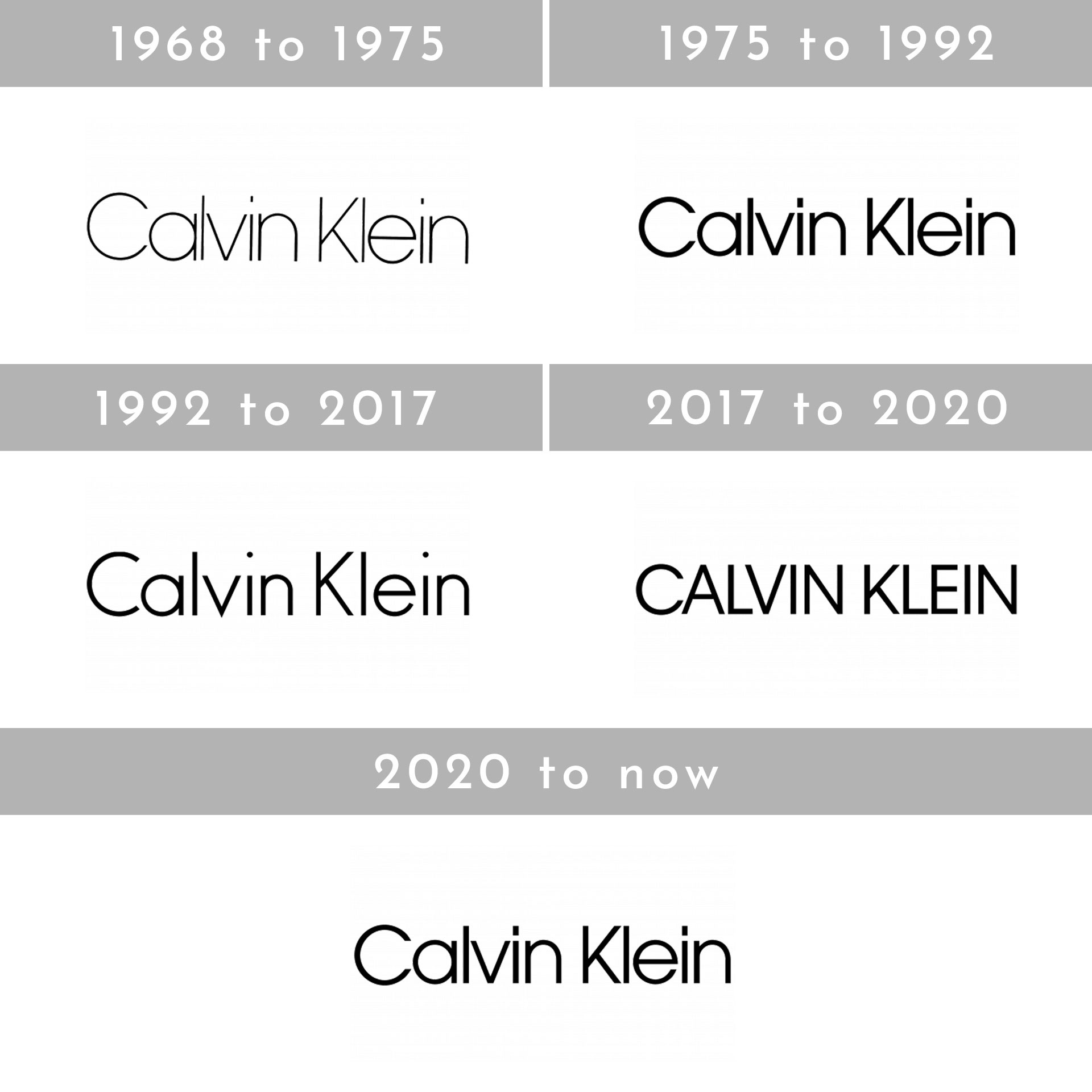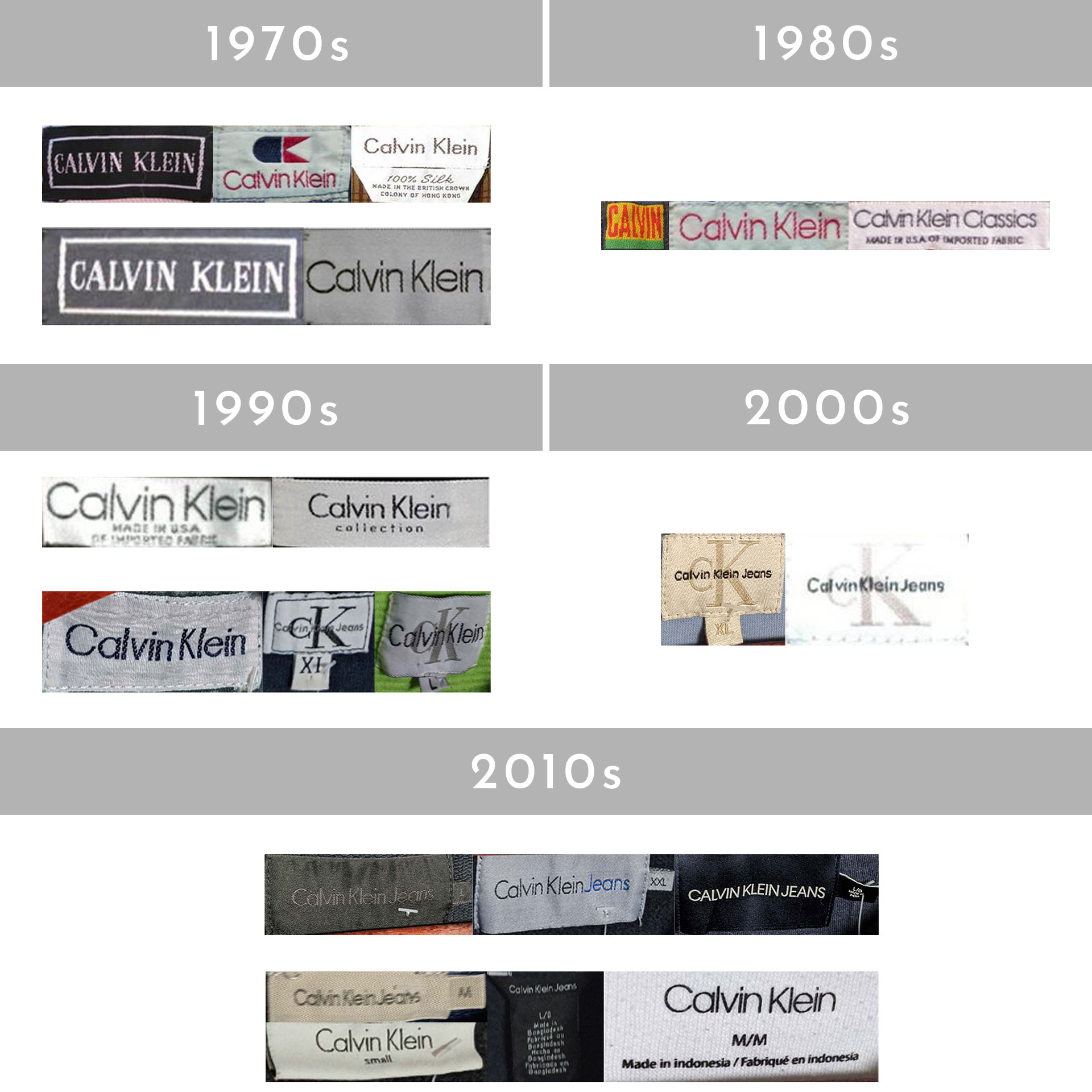Calvin Klein has enshrined his place in the fashion hall of fame and is one of a handful of American designers to truly find a global market. Humbly starting as an apprentice in a cloak and suit factory, Calvin Klein was enthusiastically chasing a place in the fashion industry, regardless of what that was. After five years of hard graft, Calvin felt like he understood how the garment industry worked, and what designs people wanted, so decided to launch his own company with childhood friend Barry Schwartz in 1968.
Through this venture, Calvin Klein would rub shoulders with already esteemed fashion designers in New York, with Baron de Gunzburg taking him on as his protégé. Because of the high regard the fashion elite had for Baron, Calvin Klein was quickly accepted as a rising star, even before he had launched his own product line. This faith in Calvin Klein was not misplaced and would be hailed as the next great designer after just his first show at New York Fashion week. From here Calvin Klein went from strength to strength, being adored by both critics and consumers alike. By 1977, just nine years after launching, Calvin Klein was generating over $30 million in revenue, both manufacturing products and licensing out the brand for the creation of sunglasses, shoes, scarves, belts and more. Whilst their legacy in jeans and denim is undeniable, they have also had groundbreaking success in men’s underwear, women’s underwear, and fragrances.
Although they are one of the most successful fashion companies of all time, in the late 1980s they fell upon hard times, narrowly avoiding bankruptcy after a failed sale attempt. Nevertheless, they bounced back, and the company was later sold to Phillips Van Heusen Corp for a whopping $400 million in cash alongside stock and other royalties.
Iconic “Strange Women Seduces Family” Calvin Klein Obsession Advert
How to tell if Calvin Klein is vintage from the Logo
Calvin Klein’s logo evolution reflects the brand’s enduring influence and adaptability in the fashion industry. From its inception in 1968, the Calvin Klein logo has undergone subtle yet significant changes, each iteration mirroring the brand’s growth and shifting aesthetic. Understanding these changes can help fashion enthusiasts and collectors identify and authenticate vintage Calvin Klein pieces. This guide provides a detailed overview of the different logos used by Calvin Klein from 1968 to the present, showcasing the brand’s journey and its iconic status in the fashion world.
1968 to 1975
- The very first version of the logo has a structure that has been consistently stuck with, in that it is only text and just states the name of the main man himself, Calvin Klein.
- The font is thin and only the C and K are capitalised.
- This logo, like all its future ones, is monochrome.

1968 to 1975 vintage Calvin Klein logo
1975 to 1992 logo
- The next Calvin Klein logo is almost indistinguishable from the last.
- The only change is that the font is a little bolder.

1975 to 1992 vintage Calvin Klein logo
1992 to 2017
- The third logo was once again a small change.
- The font became slightly thinner and longer, as you can see with the top of the C of Calvin ending higher above the a than in its predecessor.
- The dots above the i’s were also made circular instead of rectangular.

1992 to 2017 vintage Calvin Klein logo
2017 to 2020
- At this time Calvin Klein had its biggest logo change.
- The text became fully capitalised.
- It is also evenly spaced.

2017 to 2020 vintage Calvin Klein logo
2020 to now
- Its most recent logo is a revival of its 1975 to 1992 logo.
- The font is the same.
- And the i’s have rectangular dots again.
- A slight shift was then implemented, once again sticking with an emblem only logo.

2020 to now vintage Calvin Klein logo

Calvin Klein logos through the years
How to tell if Calvin Klein is vintage from the Neck Tags
The tags on Calvin Klein garments provide a window into the brand’s rich history and evolution. From the simple, understated tags of the 1970s to the more elaborate designs of the 2010s, each tag style reflects the brand’s growth and changing trends in the fashion industry. Identifying these tags is essential for collectors and fashion enthusiasts who wish to authenticate vintage Calvin Klein items. This guide explores the various tags used by Calvin Klein over the decades, highlighting key features and differences that can help you determine the age and authenticity of your pieces. Whether you’re a seasoned collector or a curious fashion fan, this overview will deepen your appreciation for Calvin Klein’s iconic legacy.
Can’t decode your vintage tags? Upload a picture on our vintage tag identification page, and we’ll assist you!
1970s vintage Calvin Klein tags
- Some of the very first tags simply had the name Calvin Klein in capitals and did not even use the logo.
- However, most of them used the thin font logo and in some cases used a rarely seen CK emblem.
- They either used a white or black tag with monochrome writing in most cases.

1970s Calvin Klein tags

1970s Calvin Klein tags
1980s vintage Calvin Klein tags
- The logo didn’t change over this decade.
- It was more common that the tags would be wider white fabric.
- A limited edition tag was also in circulation at this time as can be seen on the far left.
- They also started to include information about the country of production.

1980s Calvin Klein tags
1990s vintage Calvin Klein tags
- Early 1990s tags used the older logo with the rectangular dots on the i’s and are difficult to distinguish from some of the late 1980s tags.
- But some of them can be spotted as the 1990s ones sometimes have the cK emblem.
- They also include a size tab.
- The new logo started to become adopted on tags, but this was over a transitional period into the mid 1990s.

1990s Calvin Klein tags

1990s Calvin Klein tags
2000s vintage Calvin Klein tags
- The tags from the 2000s included both the text logo of ‘Calvin Klein Jeans’, instead of just ‘Calvin Klein’, and the cK emblem.
- The design is similar to the 1990s one but is cleaner and nearly always included a size tab.
- It is often a golden colour and completely sewn in.

2000s Calvin Klein tags
2010s vintage Calvin Klein tags
- Tabs and loop tags that weren’t completely sewn in started becoming more commonplace, with some tags even being printed.
- They use the updated logo, in most cases with a circular dot, but some are using the new capitalised logo as well.
- Size information is nearly always included on modern tags.

2010s Calvin Klein tags

2010s Calvin Klein tags

Vintage Calvin Klein tags through the years





I conceive other website proprietors should take this internet site as an model, very clean and superb user pleasant design and style.